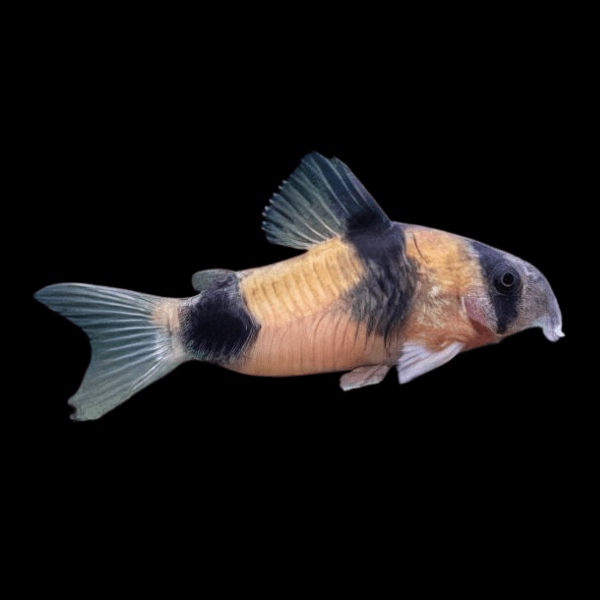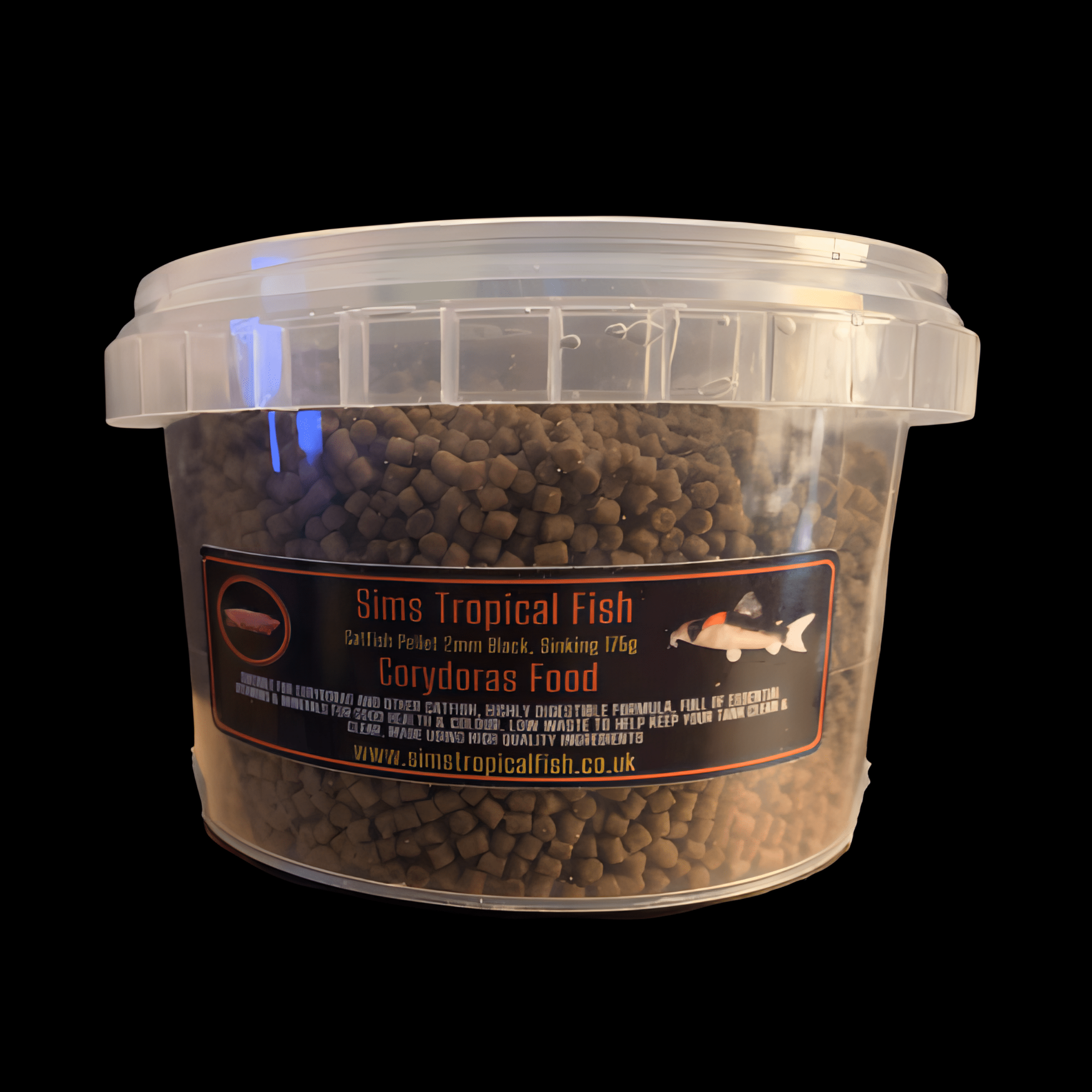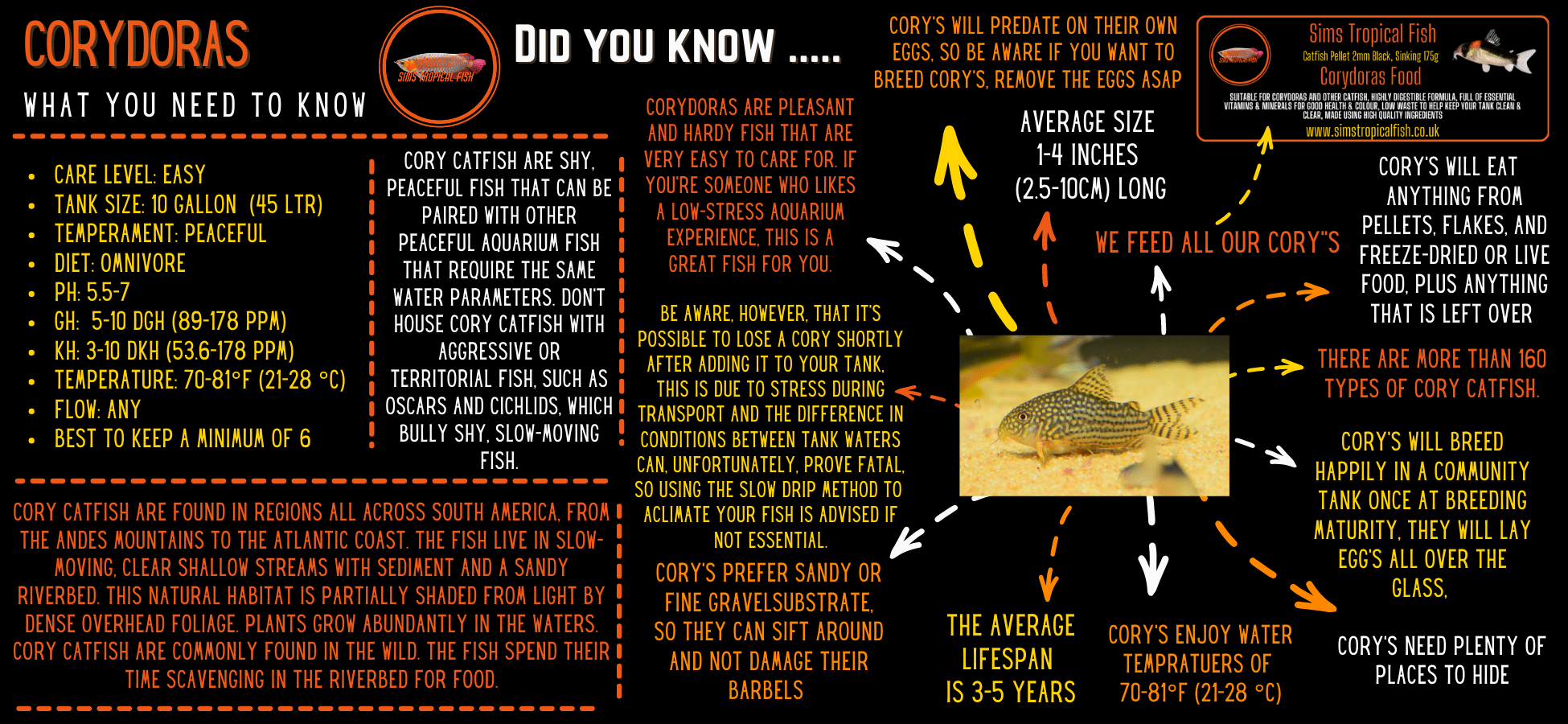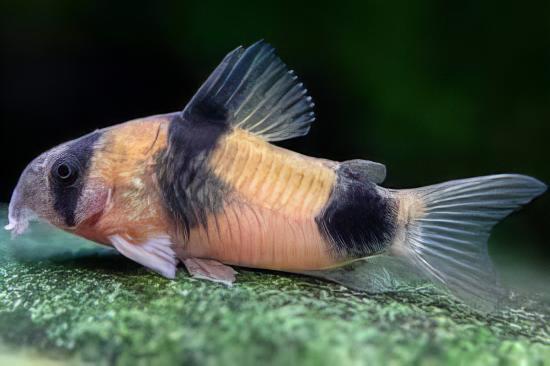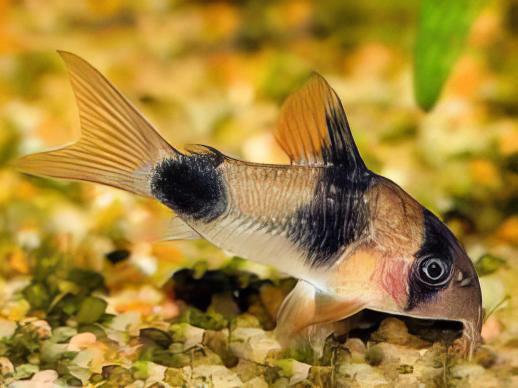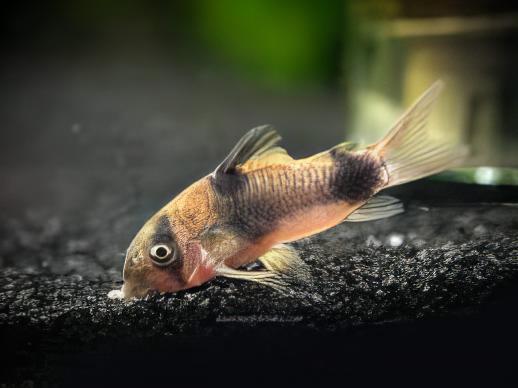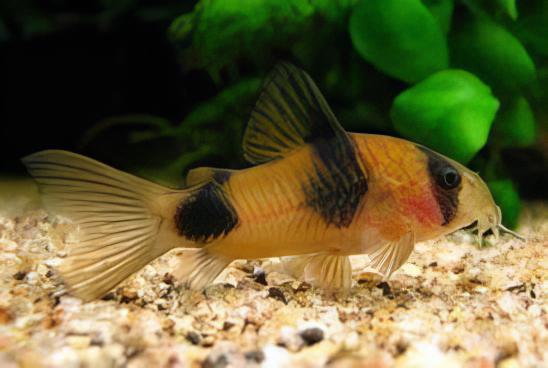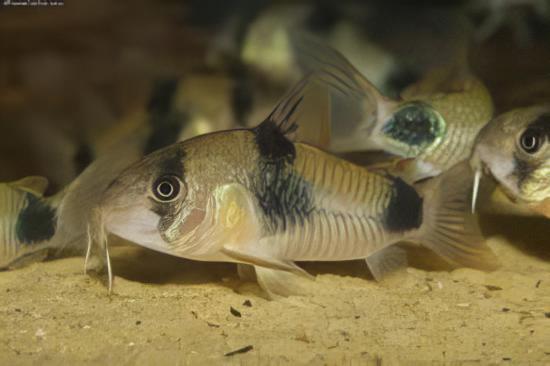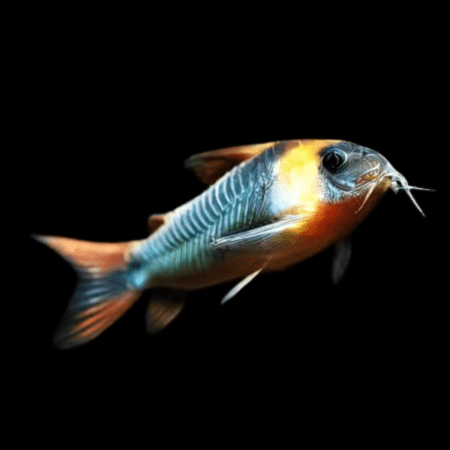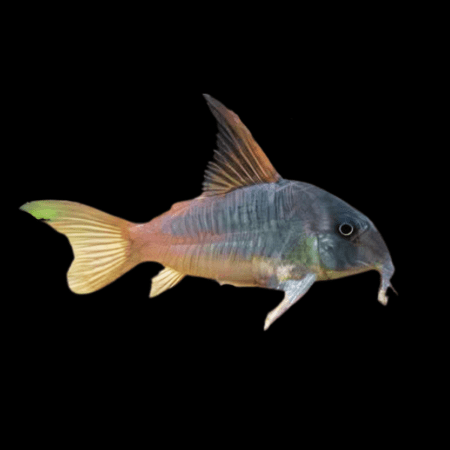Description
Two Saddle Corydoras Weitzmani Catfish
Synonyms: None
Distribution: Madre de Dios River, Peru
Maximum Size: 6cm (2.4″)
Temperature: 22-26°C
Water Parameters: Neutral to soft & acidic pH: 6.0-7.2, dH up to 15 degrees.
Compatibility: Community
Lighting: Medium
Sexual Dimorphism: Mature females will be larger and fuller bodied compared to the males.
Feeding: Catfish pellets, granules, flake and frozen foods
Description
Care
The Two saddle Corydoras is a very pretty catfish that is ideally suited to mature community aquaria. ThesePeruvian bottom dwellers must be kept on a soft sand substrate in order to protect the delicate sensory barbels, and maintained in groups of 5 or more due to their shoaling nature. A good amount of bogwood, rocky caves, and tall or broad-leaved plants will create much appreciated shady areas and will help to make this species feel more secure. Tankmates should be small and peaceful.Frequent partial water changes are a must for these catfish, as they can be very sensitive to elevated nitrate levels. Corydoras have the ability to breathe air intestinally, so a small gap should be left between the surface of the water and the cover slides in order for the fish to come up to the surface and take air in. It may do this numerous times per day.
Feeding
Offer a variety of sinking catfish pellets, plus frozen foods such as bloodworm, white mosquito larvae,daphnia, and vitamin-enriched brineshrimp.
Breeding
This species has been bred in the home aquarium. Soft, acidic water is recommended. In order to raise a good number of fry to adulthood, set up a separate breeding tank for some well-conditioned adult C. weitzmani. The breeding set-up should include several large clumps of Java moss for them to use as a spawning medium. A cool partial water change usually triggers the fish into action; after much patrolling up and down the tank perimeter, the fish should spawn in the usual “˜T-position” and the female will then deposit the large fertilised eggs one at a time into the Java moss or other decor. Spawning activity can be quite energetic and can last for several hours. The adult fish will not normally predate on the eggs, but many aquarists choose to remove the adults and acclimatise them back to the main aquarium, or move the eggs to a smaller growing on aquarium with matching water. The eggs can be expected to hatch in approximately 5 days (this will be temperature dependent) and the large larvae will feed from their yolk sacs for the first 3 or 4 days. After this time, the fry will require very regular feedings with baby brineshrimp (brineshrimp nauplii), microworms, and powdered flake foods. It is very important to maintain pristine water conditions at all times, and this can be tricky when feeding so regularly – siphon any debris from the bottom of the tank whilst performing daily small partial water changes(use water that matches in temperature and other parameters). Initially, the fry will have a very mottled appearance, but they will soon develop the characteristic dark blotches.
